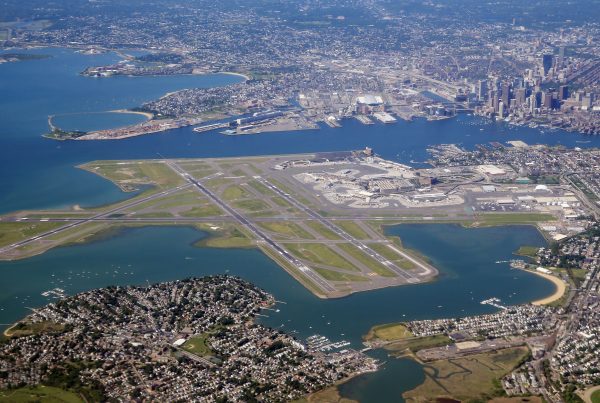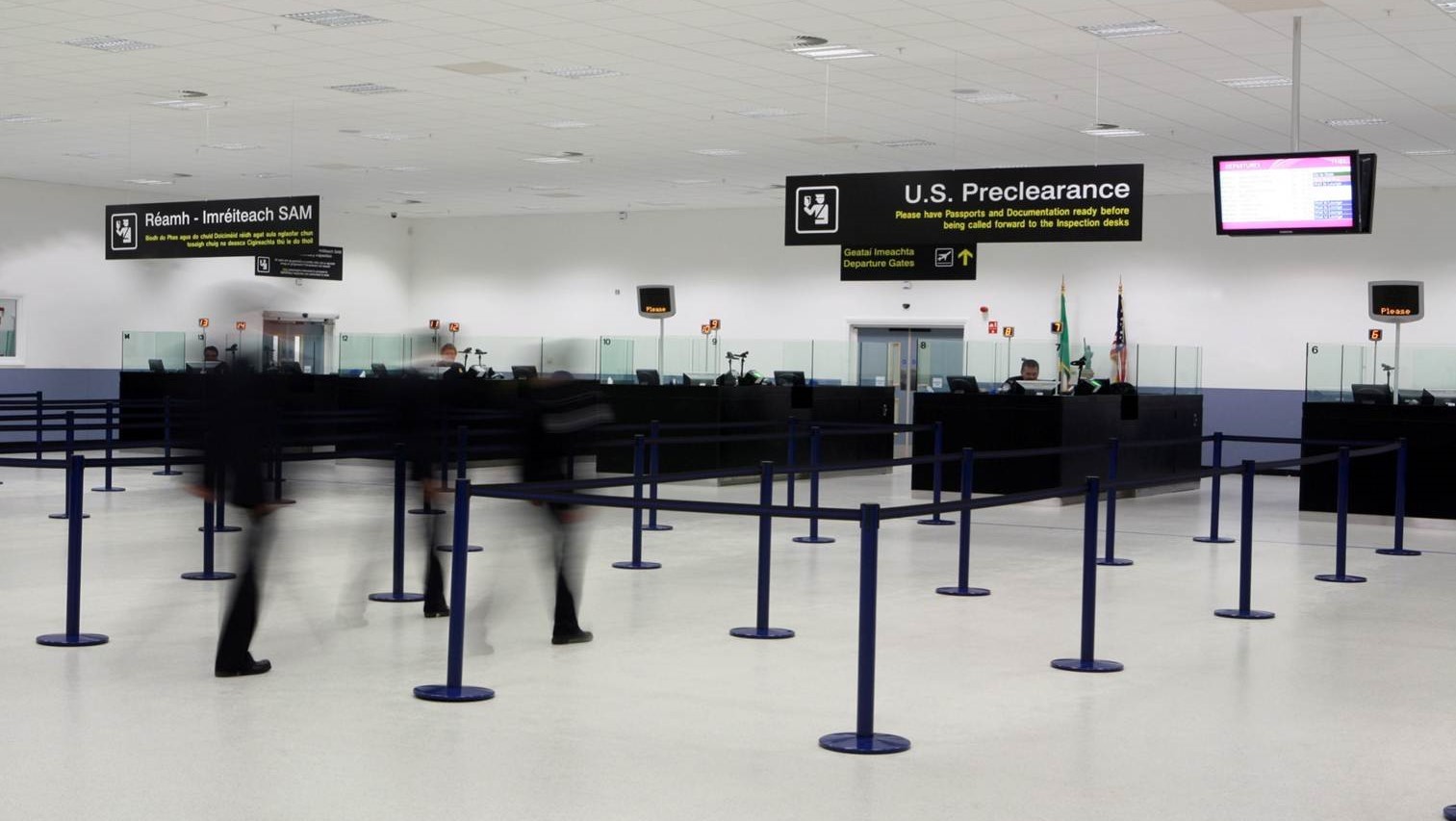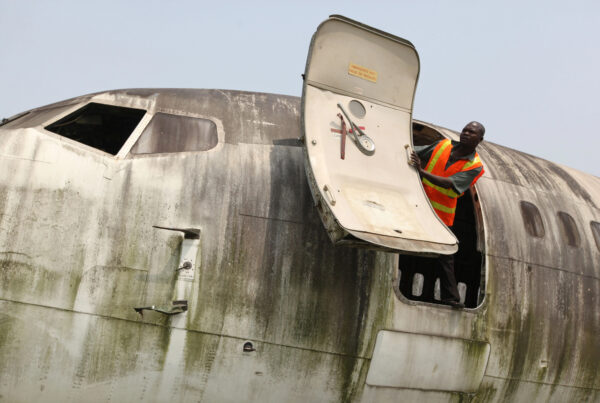Update 17 Sep 2025
- France’s main ATC union SNCTA has called off its Sep 18 strike, but other unions are still striking.
- The strike will run 0400z Sep 18 to 0600z Sep 19 (per LFFF Notam F1302/25).
- Morning will be worst affected, especially LFMM/Marseille ACC east sectors, with delays expected to improve later in the day. LFFF/Paris ACC will see some regulations, but no major network-wide disruption expected there.
- LFSB/Basel will have very limited capacity. LFBL/Limoges will be closed all day. LFBE/Bergerac and LFTW/Nimes may partially close depending on staffing levels.
- Eurocontrol has disabled certain route restrictions and opened additional routings to help manage traffic flow, including via Italy for LFMN/Nice departures and arrivals, and special routings over DTTC/Tunis and DAAA/Algeria FIRs. Check Eurocontrol’s Mitigation Plan for more info.
- The next planned French ATC strike is Oct 7-10, expected to cause major disruption.
How to survive a French ATC strike
Each French ATC strike is different, but there are some things that are pretty much the same every time. Here is what you need to know, in order to survive!
What happens?
There’s a normal pattern to French ATC strikes – controllers who are unhappy about a range of issues (mainly salaries and labour reforms) announce they plan to go on strike, Eurocontrol puts a plan in place to mitigate the disruption as best as possible, and airlines start cancelling flights – sometimes voluntarily, other times under the instruction to reduce their schedules.
So let’s break that down a bit…
How do strikes get announced?
Often on the Notams, to start with. And the Notams that get published prior to these strikes are often fairly similar, and tend to be a bit vague. That’s because they never know exactly how many staff will go on strike until the day itself, when they look around the control room and count the number of empty seats.
Then what happens?
Eurocontrol tell us about the Notams – in the “Network Headline News” section at the top of the NOP website.
Then they start figuring out what they think the impact will be. They normally host a teleconference or two, where a bunch of their ATC personnel jump on a call with airlines and other interested parties to discuss what they think will happen.
Then they publish a “Mitigation Plan”. This tells you:
- Their best guess of how bad the strike is going to be
- What to expect for flights to France
- How best to avoid French airspace.
The big day arrives… it’s strike time!
Smaller airports – These tend to have the harshest restrictions applied, often with periods where no ATS services are provided at all.
Bigger airports – During the really big strikes, the larger airports can get hit pretty hard too, and when Notams start getting published saying “MINIMUM SERVICE”, that’s when you know that things are getting serious – as that basically means that only 50% of FPLs are being accepted (the absolute minimum allowed under French law, regardless of whether or not a strike is taking place).
Impact – The airlines will often be told to cut their schedules at the big airports. For the rest of us, expect delays if flying to airports in France as well as for French overflights – because unlike most other countries in Europe, when French ATC goes on strike, there’s no special exemption for overflights!
French ATC strikes may also impact French overseas territories – so keen an eye on the Notams at the likes of NTAA/Tahiti, SOCA/Cayenne, TFFF/Martinique, TFFR/Pointe a Pitre, FMEE/La Réunion, and FMCZ/Mayotte airports as well as those in France.
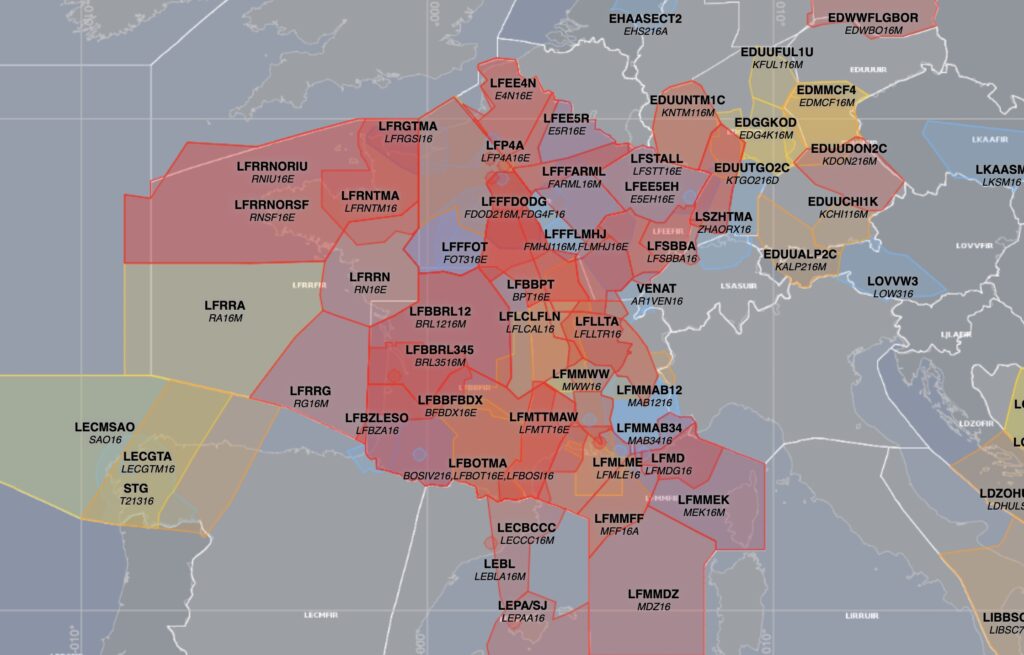
Where to look for live updates?
For real-time updates of any airspace issues once the strike has started, keep an eye on the “Tactical Update” section of the NOP, as well as this French ATC webpage: https://cdm.dsna.fr/
For smaller airports, best check the Notams directly, as they might get forgotten about in the deluge of information that gets published and endlessly updated for the other larger airports.
Routing around French airspace
The Mitigation Plan should be your first port of call here. Make sure you’re checking the latest version. It will tell you what to do!
Here’s what it normally says, every time:
- Tango Routes are subject to higher than normal demand when strikes are on. Flights intending to route to/from Canaries, Madeira and mainland Portuguese and Spanish destinations via the Shanwick Oceanic Control Area (OCA) are usually requested to flight plan via published routes T9, T213 or T16. During the strike period, ATC normally won’t let you cross from one Tango Route to another.
- Tunisia allow overflights without the need for an overflight permit.
- Algeria allow scheduled commercial flights to overfly its airspace without a permit, but all other flights must have one.
- For routes through Tunisia/Algeria, check the Mitigation Plan for the permitted routings. And make sure to add the right AFTN codes on flight plans! That means as well as filing your FPL to the normal Eurocontrol addresses, you must also include those for Algeria (DAAAZQZX) and Tunisia (DTTCZQZX and DTTCZRZX) – and make sure these are included for any subsequent DLA messages as well.
- Shanwick always publish something on the NOP telling us what entry points to use for NAT crossings. For westbound NAT crossings heading over the central Atlantic (rather than the NAT Tracks up north), they normally want us to file via OMOKO (or west of) or PASAS in order to best avoid all the extra traffic on the Tango routes. If you’re entering the Shanwick OCA, you must have HF radio. And for oceanic clearance during the strike, you need to make sure you request your oceanic clearance 40 minutes before entry to the ocean.
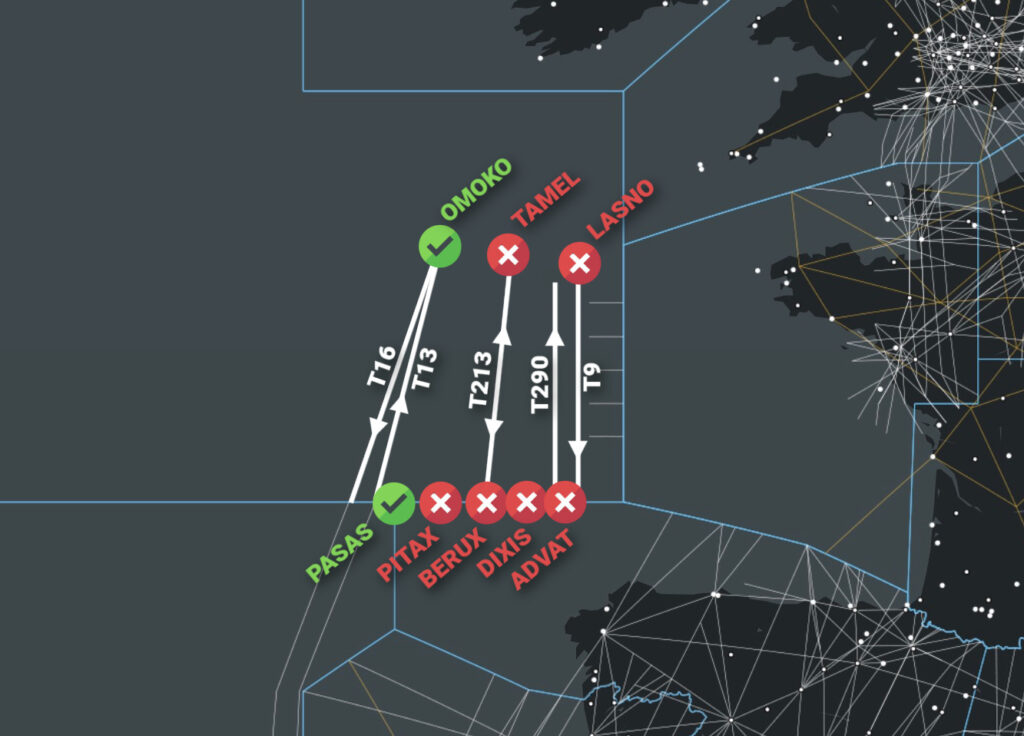
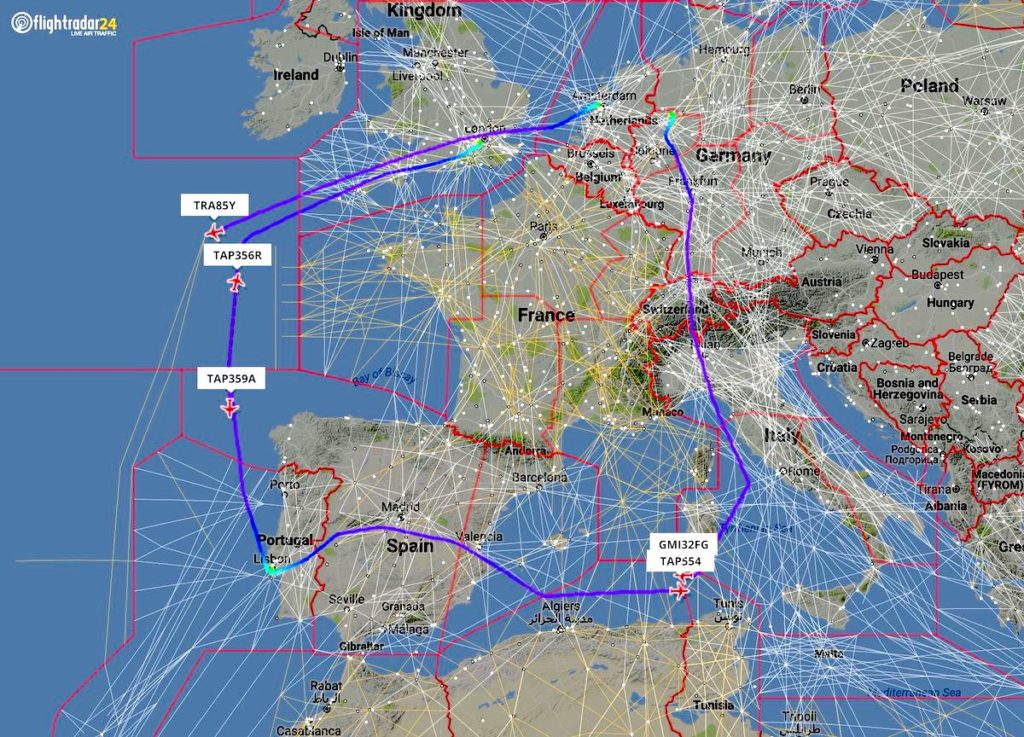
More on the topic:
- More: France Summer BizAv Parking Tips
- More: Heat Damage in Nice: When APU Rules Damage Aircraft
- More: France Hates Planes – it’s official
- More: France Wants Your Cash
- More: Slots required at all Paris airports until mid-Feb
More reading:
- Latest: More face scans at the US border for BizAv flights
- Latest: Greenland NAT Alternates: Dec 2025 Update
- Latest: Mexico Customs Surprises: Pills, Vapes, and Laptop Rules
- Safe Airspace: Risk Database
- Weekly Ops Bulletin: Subscribe
- Membership plans: Why join OPSGROUP?



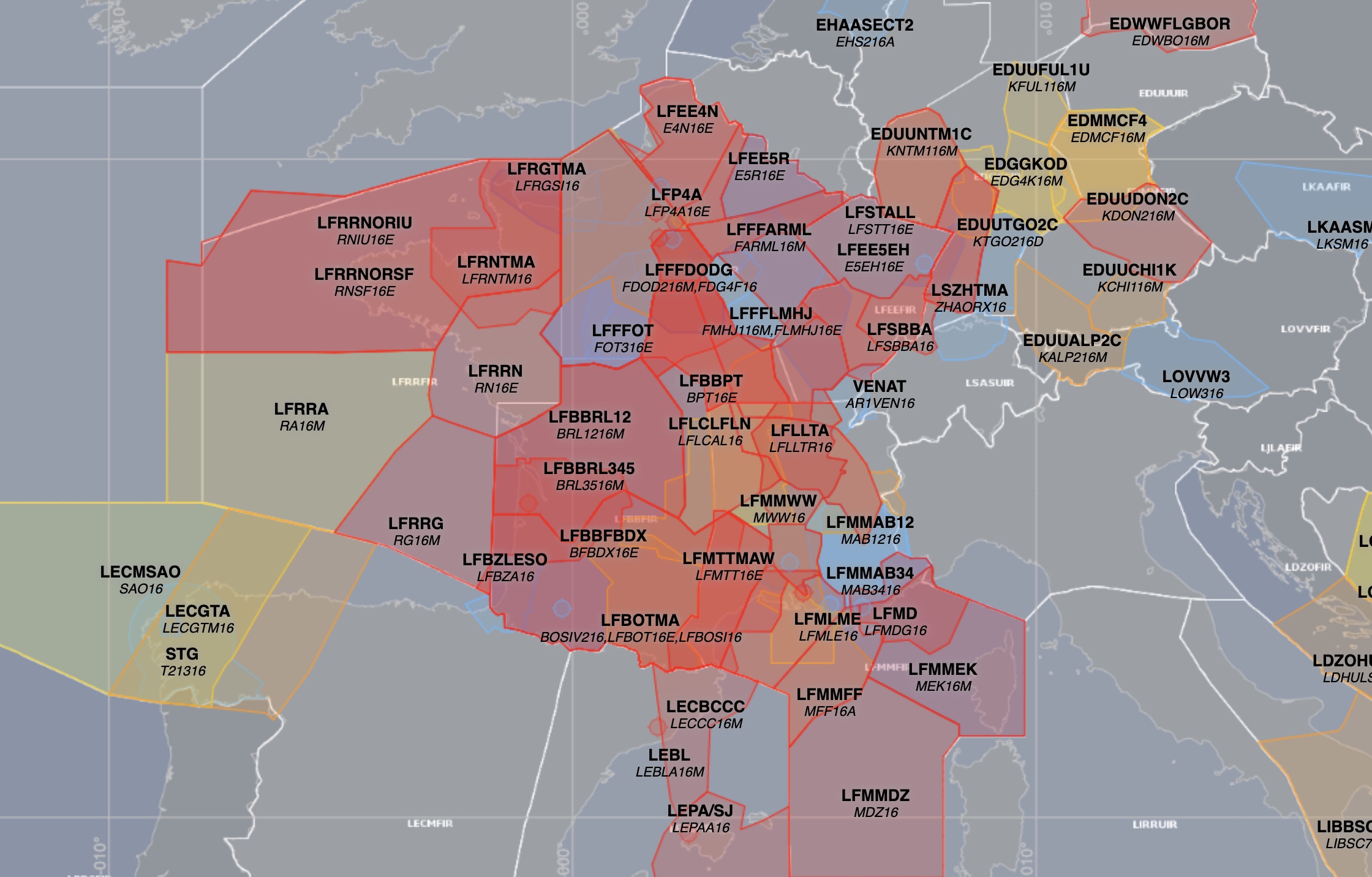
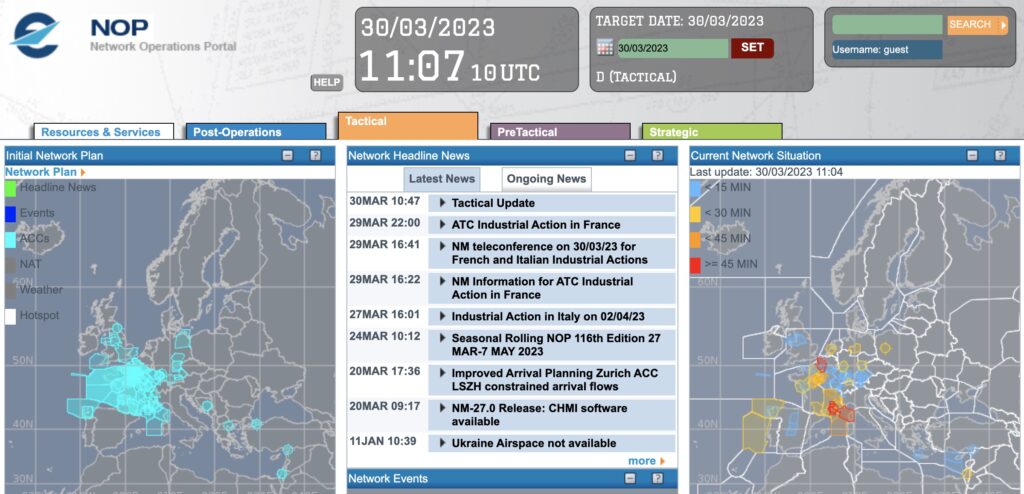







 Get the famous weekly
Get the famous weekly 



